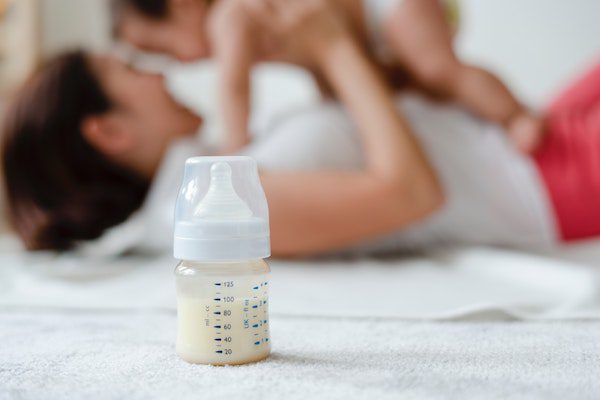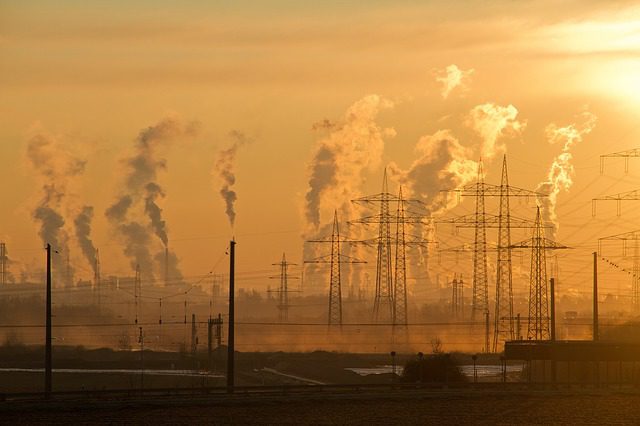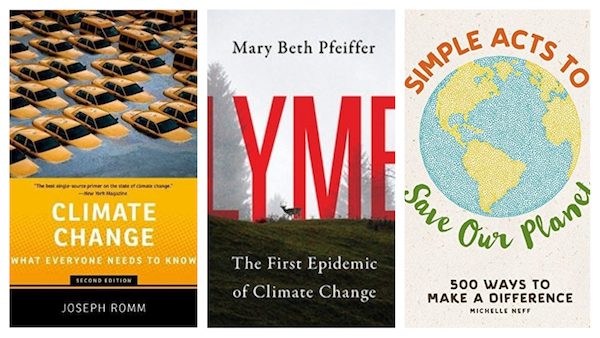


Organic Consumers Association: Glyphosate, the key ingredient in Monsanto’s Roundup herbicide, is the most widely used herbicide in the world. Its residues are found in water and soil. It’s sprayed along roadsides, sidewalks, parks and playgrounds, gardens, and on school grounds. Testing shows a variety of foods contain glyphosate. It has been detected in the urine of the majority of people who have submitted samples for testing, and has been found in breast milk. Not only does it damage the placenta, it crosses the placenta, which may result in birth defects. In March 2015, the World Health Organization classified glyphosate as a probable carcinogen, based on numerous scientific studies linking glyphosate to a range of cancers, including non-Hodgkin’s lymphoma, renal cancers, skin cancers and pancreatic cancer. The Environmental Protection Agency (EPA) is currently reviewing glyphosate and is accepting public comments until September 3, 2019.
>>>Urge the EPA to ban glyphosate.
Care2: Bumblebees have suffered immensely in the 21st century. Since the 1990s, scientists estimate that 90 percent of the bumblebee population has been lost. Many factors have contributed to their decline, but chief among them is that bumblebee habitat has dropped by 87 percent. Yet despite these shocking numbers, it took the U.S. Fish and Wildlife Service (USFWS) until 2017 to add the rusty patched bumblebee to the Endangered Species List. It was supposed to be a new beginning. But since then, USFWS has missed its legal deadlines to protect bumblebee habitat. When the agency was granted an extension, it missed the new deadline, too. Among the most important pollinators, bumblebees are essential to keeping our environment healthy and keeping people fed. We need them to keep our crops growing and sustain healthy environments. Bumblebees help keep us alive. The least we can do is hold our government accountable to do what is required to save them.
>>>Urge USFWS to take immediate action to protect bumblebee habitat and save these critical pollinators from extinction.
Lady Freethinker: In a devastating assault on protected whale populations, Japan announced its withdrawal from the International Whaling Commission (IWC) and has resumed killing whales commercially as of July 1, 2019. The slaughter of the whales is brutal and horrific. Whalers attack them with a harpoon loaded with explosives. When it makes contact with the animal, shrapnel is propelled into their bodies and the prongs of the harpoon spread open to stop the whale from escaping. Death is slow and excruciating. Japan has continued to kill whales under the guise of scientific research over the last 30 years. This year, 122 of 333 minke whales murdered for “research” were pregnant and 53 were youths. Japan plans to hunt minke, sei and Bryde’s whales along the Pacific coast, devastating these protected species.
>>>Urge the Japanese government to reverse their cruel and short-sighted decision to bring back commercial whale hunting.
Cause for concern…

- EPA-funded research shows U.S. air pollution linked to more than 30,000 deaths (E.A. Crunden, ThinkProgress)
- Unfair food pricing is killing family farms and regenerative farming (Elizabeth Henderson, Truthout)
- Only 9 percent of the world’s plastic is recycled (The Economist)
- Green behaviors may have social consequences that may hold people back from helping the environment (ScienceDaily)
- Duck farming: Is profit worth their pain and suffering? (Taylor Meek, Sentient Media)
Round of applause…

- ‘Everyone should mobilize’: Climate leaders urge massive turnout for global climate strikes (Andrea Germanos, Common Dreams)
- Environmental groups sue BLM for not conducting environmental reviews in New Mexico fracking permits (Alexandra Jacobo, NationofChange)
- States sue Trump administration for reducing fuel efficiency penalties (Rebecca Beitsch, The Hill)
- Cargo ships may one day use hydrogen power to become carbon neutral (Roya Sabri, TriplePundit)
- Move Over, Therapy Dogs. Hello, Therapy Cows (Elisa Mala, The New York Times)
What we’re reading…

Change agent: In his latest book, “Climate Change: What Everyone Needs to Know” (Oxford University Press, 2018, 2nd ed.), Joseph Romm, founding editor of the blog Climate Progress, argues that energy conservation has the potential to be the largest source of reductions in greenhouse gases (GHG). He asks, “For the majority of the biggest GHG emitters in the world, especially those in the developed countries, how many energy-intensive activities we do every week and every year are truly vital, something we could not live without? How big a house is vital? How much driving discretionary? How much flying? These are not questions that can be easily answered today.” Romm wonders about how motivated people will be in 2030 to change their emitting ways, “as it becomes more and more painfully clear that not changing behavior will have catastrophic impacts for billions of people, including their own children and grandchildren.”
Ticking time bomb: Investigative reporter Mary Beth Pfeiffer started writing about Lyme disease in 2012 for Poughkeepsie Journal, but as she soon found out, it “proved to be a story far beyond what I’d envisioned … a minefield of controversy with patients caught in the middle.” In her recent book, “Lyme: The First Epidemic of Climate Change” (Island Press, 2018), Pfeiffer sheds new light on another creeping menace of a warming world. “[W]hile Lyme is firmly rooted in thousands of locales, it is surely not confined there are climate changes, ticks move, and cases mount,” she writes, pointing out that the disease is found in at least 30 countries and yields up to 400,000 new cases each year in the U.S. alone. “Lyme disease is moving, breaking out, spreading like an epidemic.”
Keeping it simple: In her book “Simple Acts to Save Our Planet: 500 Ways to Make a Difference” (Simon and Schuster, 2018), Michelle Neff makes the case that “little acts really do add up to big change,” offering a reminder that big global scourges like plastic trash and food waste are just the cumulative effects of small bad decisions made by billions of people every single day. Neff, a writer for the environmental website One Green Planet, offers many easy ways to reduce our personal impact on the planet, from obvious techniques like buying detergent and dish soap in boxes instead of plastic bottles, to more innovative ideas, like creating rain gardens, which help to reduce stormwater runoff and prevent pollutants from entering local streams and lakes.
Parting thought…
“To sin by silence, when they should protest, makes cowards of men.” —Ella Wheeler Wilcox